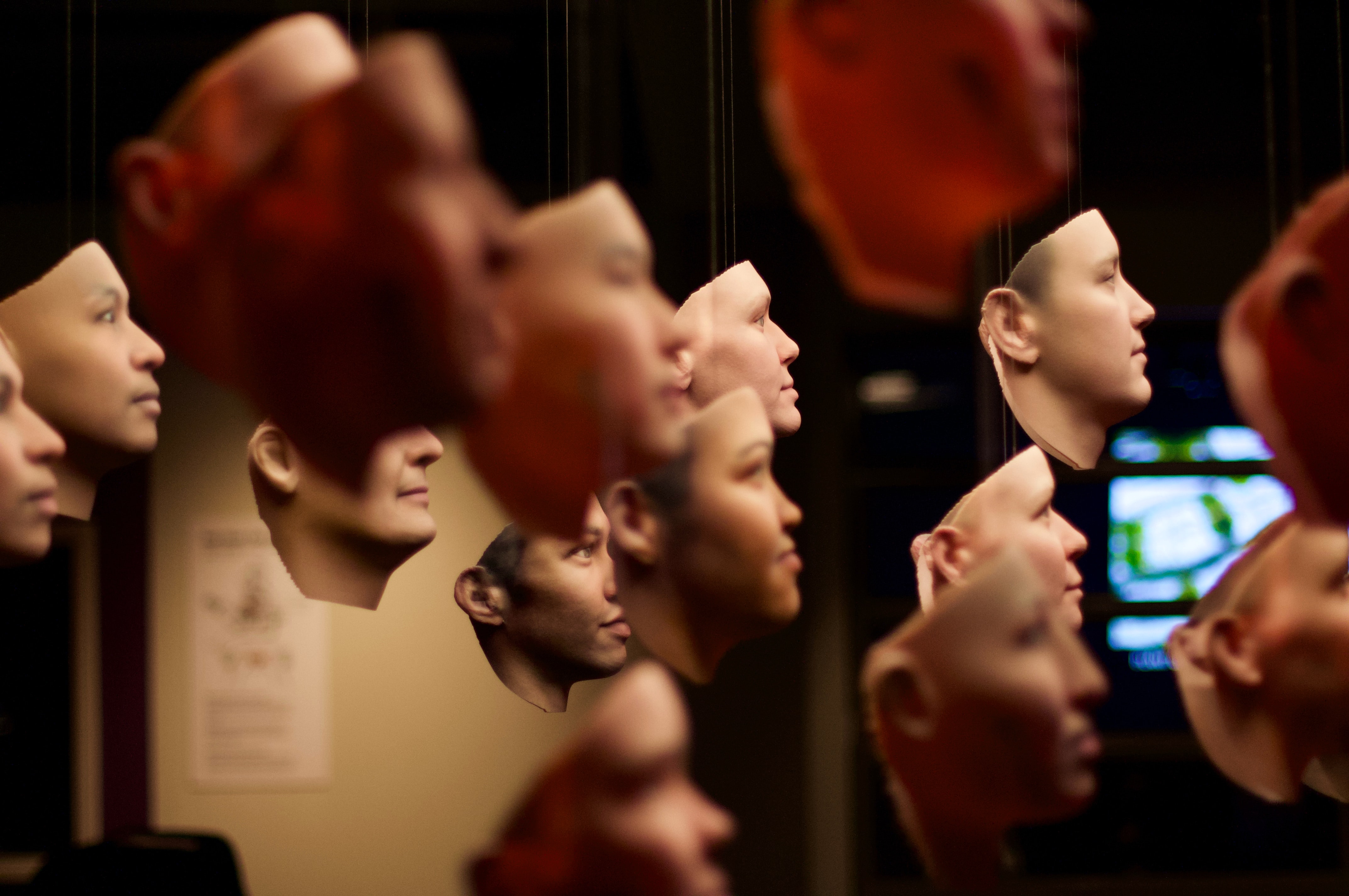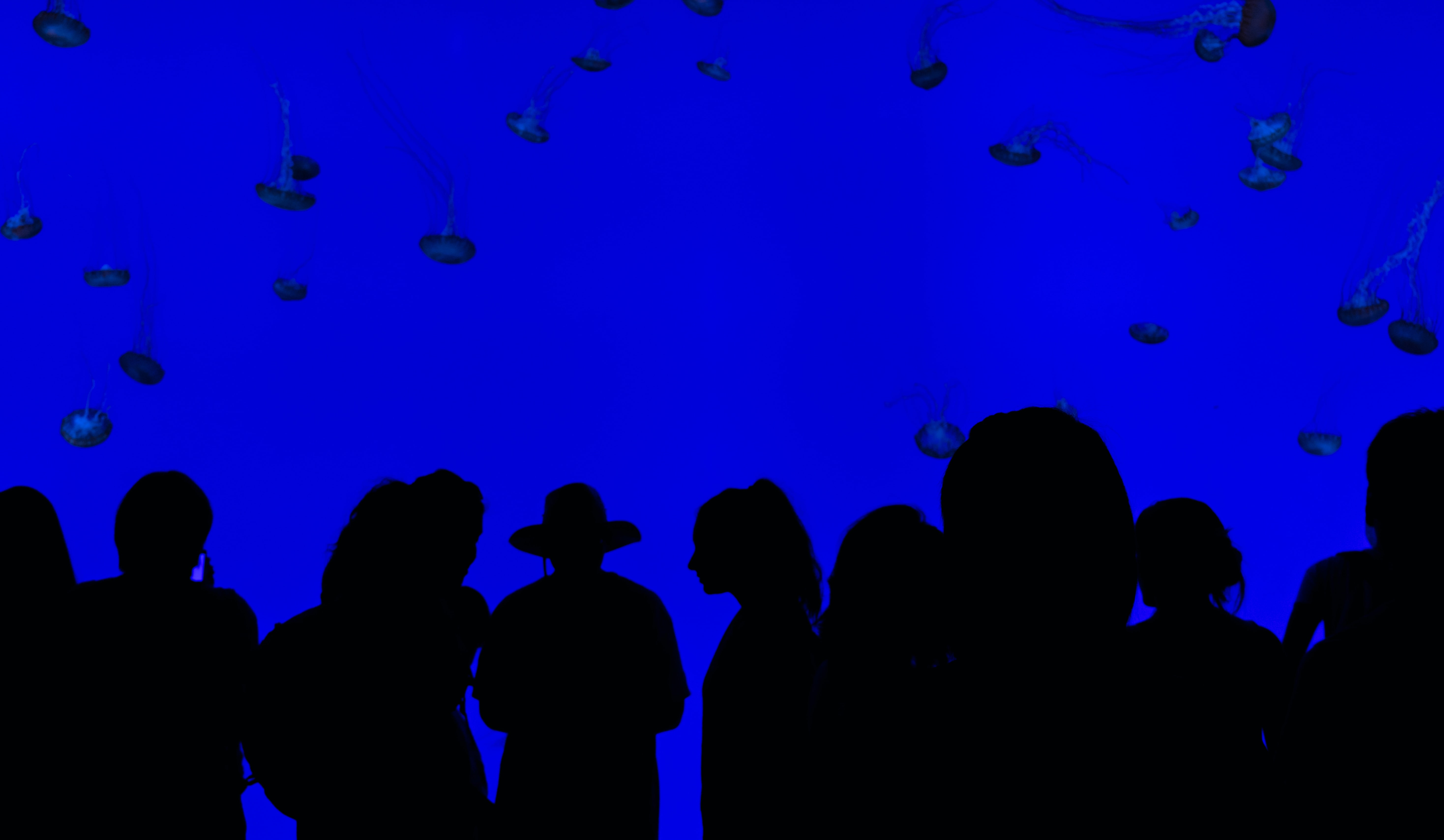Turning more towards a museum for profit rather than cultural preservation. Which isn’t bad in itself, but the role of the museum as a cultural preservatory is no longer viable. As museums are encouraged nowadays to become self-sustaining, this mission of bringing in revenue is becoming a necessary evil for many institutions.

The Issues with Modern Museums
Are normal museums becoming less valuable and digital museums take the place for everyday people? Are museums now a niche for those who work within the artistic disciplines to enjoy or study, or those who fancy going to museums for the sake of showing their sophistication (just like those who enjoy gourmet foods)?Many of the artifacts in the museums are by definition in the public domain, so if sharing them online denies the museum some revenue due to the fact that some people are not going to visit a museum, the process of creating online museums might be the downfall of the process of cultural preservation. This could be circumvented if governments reestablish their authority and financial liability over museums.

Users as Creators
The age of empowering the consumer as a creator. People online now do not just consume media, they create such media. Many of the processes of creating media nowadays might be unintentional. For example, many share their photos and videos online just for the sake of memory preservation (a second online brain), yet this preservation turns into a consumable piece of media. Same goes even for browsing the internet, our processes and methods of browsing the internet are now used by AI engines to formulate new ideas about how the human brain or a certain group of people think about a specific subject, giving the computers a new network of connected ideas that could be used as a method to create better online experiences. This process of just browsing the internet might be considered an act of creating online media.
References
“5-StarOpen Data.” n.d. Accessed May 25, 2022. https://5stardata.info/en/.Alshawaaf, Nasser, and Soo HeeLee. 2021. “Business Model Innovation through Digitisation in Social PurposeOrganisations: A Comparative Analysis of Tate Modern and Pompidou Centre.” Journal of Business Research 125 (March): 597–608.https://doi.org/10.1016/j.jbusres.2020.02.045.
King, Laura, James F. Stark, and Paul Cooke. 2016. “Experiencing the Digital World: The Cultural Value of Digital Engagement with Heritage.” Heritage & Society 9 (1): 76–101.https://doi.org/10.1080/2159032X.2016.1246156.
Kling, Sofia. n.d. “AssessingHeritage Learning Outcomes,” 18.“Talks - Sarah Kenderdine.” n.d.Accessed May 25, 2022. https://sarahkenderdine.info/talks.
TEDx Talks. 2014. How WillMuseums of the Future Look? | Sarah Kenderdine | TEDx Gateway 2013.https://www.youtube.com/watch?v=VXhtwFCA_Kc.
“The FAIR Data Principles -FORCE11.” 2014. September 3, 2014.https://force11.org/info/the-fair-data-principles/.
“Understanding the Impact of Digitisation on Culture.” n.d. Culture and Cultural Heritage. Accessed May 25, 2022. https://www.coe.int/en/web/culture-and-heritage/culture-and-digitisation.
Valeonti, Foteini, Andrew Hudson-Smith, Melissa Terras, and Chrysanthi Zarkali. 2018. “Reaping the benefits of Digitisation: Pilot Study Exploring Revenue Generation from digitized Collections through Technological Innovation.” In .https://doi.org/10.14236/ewic/EVA2018.11.












